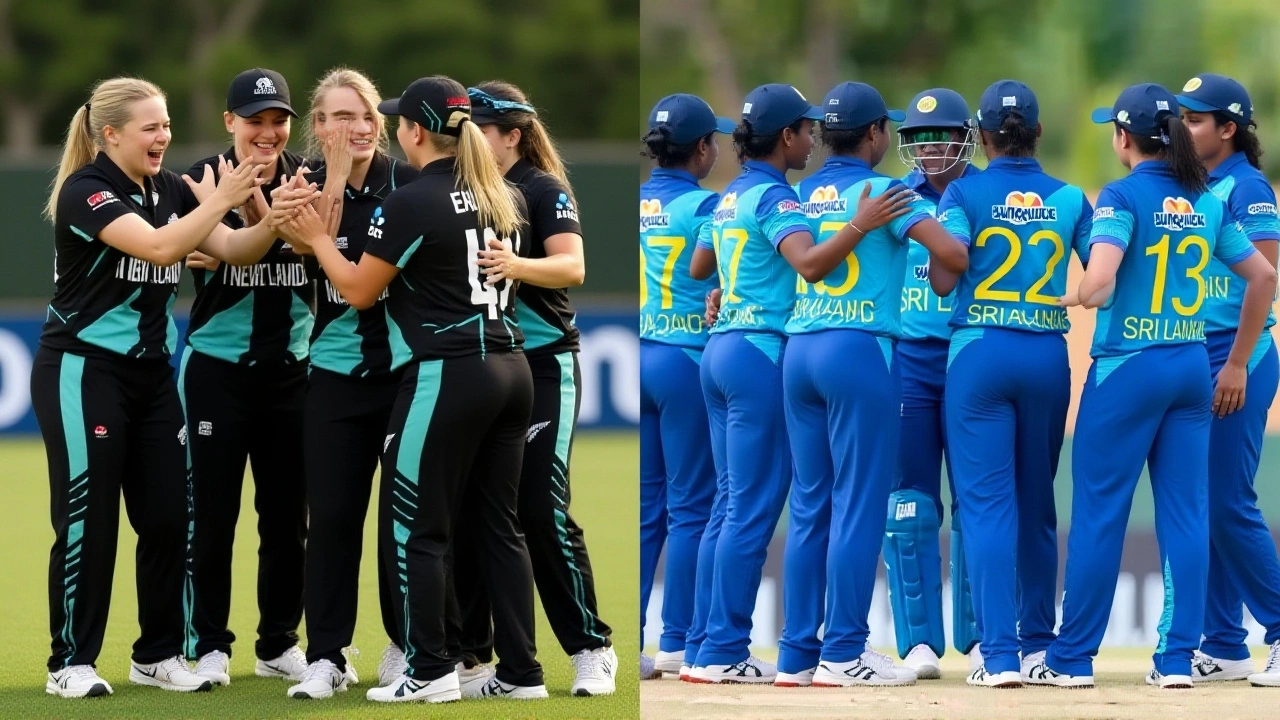Seven-Wicket Victory: The Simple Guide Every Cricket Fan Needs
When you hear "seven-wicket victory" you instantly picture a bowler on a good run, a batsman playing calm, and a team celebrating a comfortable win. It’s one of those cricket phrases that tells you exactly how the game ended – the batting side chased the target and lost only three wickets in the process. That’s a strong performance, and fans love to break down why it matters.
Why a Seven-Wicket Win Looks Good on the Scorecard
A seven-wicket win means the chasing team reached the required runs with plenty of wickets left. In a 50‑over match that often translates to a brisk run‑chase, because the batsmen didn’t have to take big risks. The fewer wickets you lose, the more options you have to accelerate at the end, and the pressure on the bowling side drops dramatically.
From a strategy point of view, teams aim for a solid opening partnership, then let the middle order build the innings. If the openers put up a decent stand, the middle order can pace the chase without panic. That’s why a seven‑wicket victory usually reflects good planning, disciplined batting, and a bowler’s mistake that didn’t cost the fielding side much.
How Teams Pull Off a Seven-Wicket Win
1. **Set a good platform** – The first 10 overs are crucial. A quick start of 40‑50 runs with no wickets lost takes the pressure off everyone.
2. **Rotate the strike** – Keeping the scoreboard moving with singles and twos prevents big dots. It also tires out bowlers who have to keep changing ends.
3. **Target the weaker bowlers** – Most teams have a couple of bowlers who are less sharp in the death overs. Smart batsmen pick those overs and hit boundaries.
4. **Finish strong** – Even with seven wickets in hand, teams need a final surge. A power‑play in the last 10 overs, with a few big shots, often seals the win.
5. **Stay calm under pressure** – Losing a wicket early can shake confidence. The key is to stick to the plan and not chase reckless runs.
These steps sound simple, but they need practice. That’s why you hear coaches emphasizing “building the innings” in training sessions.
**Famous examples** make the idea pop in fans' heads. Think of India's chase against Pakistan in the 2017 Champions Trophy final – they won by 8 wickets, a margin even bigger than our seven‑wicket tag, but the way the partnership grew was the same formula. Another classic is England’s chase of 300 against South Africa in 2019, where they won by 7 wickets with a gentle finish.
When you watch a game live, keep an eye on the wicket column. If it stays low while the runs climb, you know a seven‑wicket victory is in the offing. It’s also a good way to predict the next match’s momentum – teams that win with many wickets left usually carry confidence into their next game.
In short, a seven‑wicket victory isn’t just a number on a scoreboard. It tells a story of steady batting, smart game‑plan execution, and a bowler’s missed opportunity. Whether you’re a casual viewer or a hardcore follower, understanding this term adds depth to every match you watch.

Chamari Athapaththu Leads Sri Lanka to Seven-Wicket Victory Over NZ at Hagley Oval
Chamari Athapaththu steered Sri Lanka Women to a seven-wicket win over New Zealand at Hagley Oval, giving them a 1-0 lead in the T20I series and a morale boost after ODI defeats.